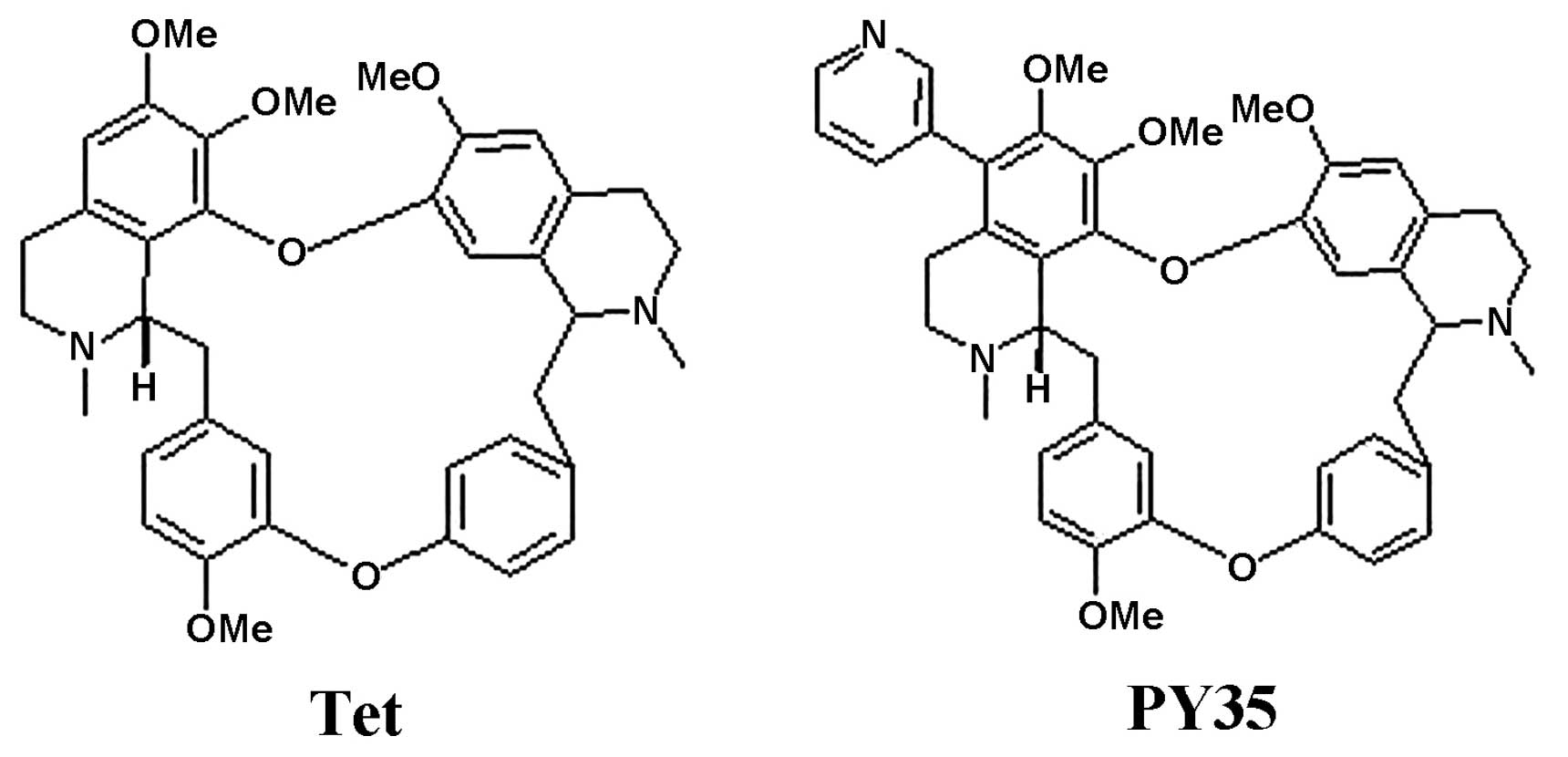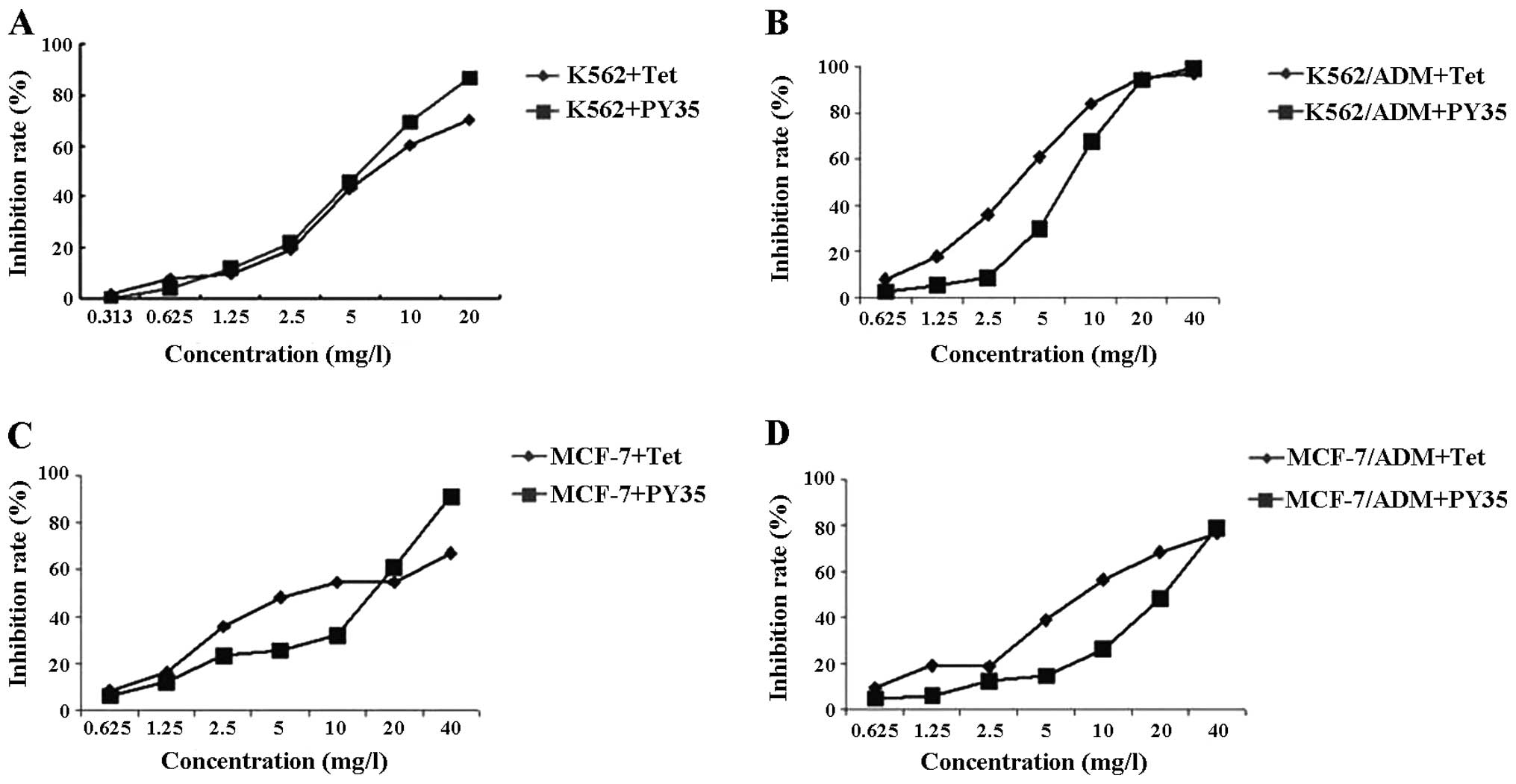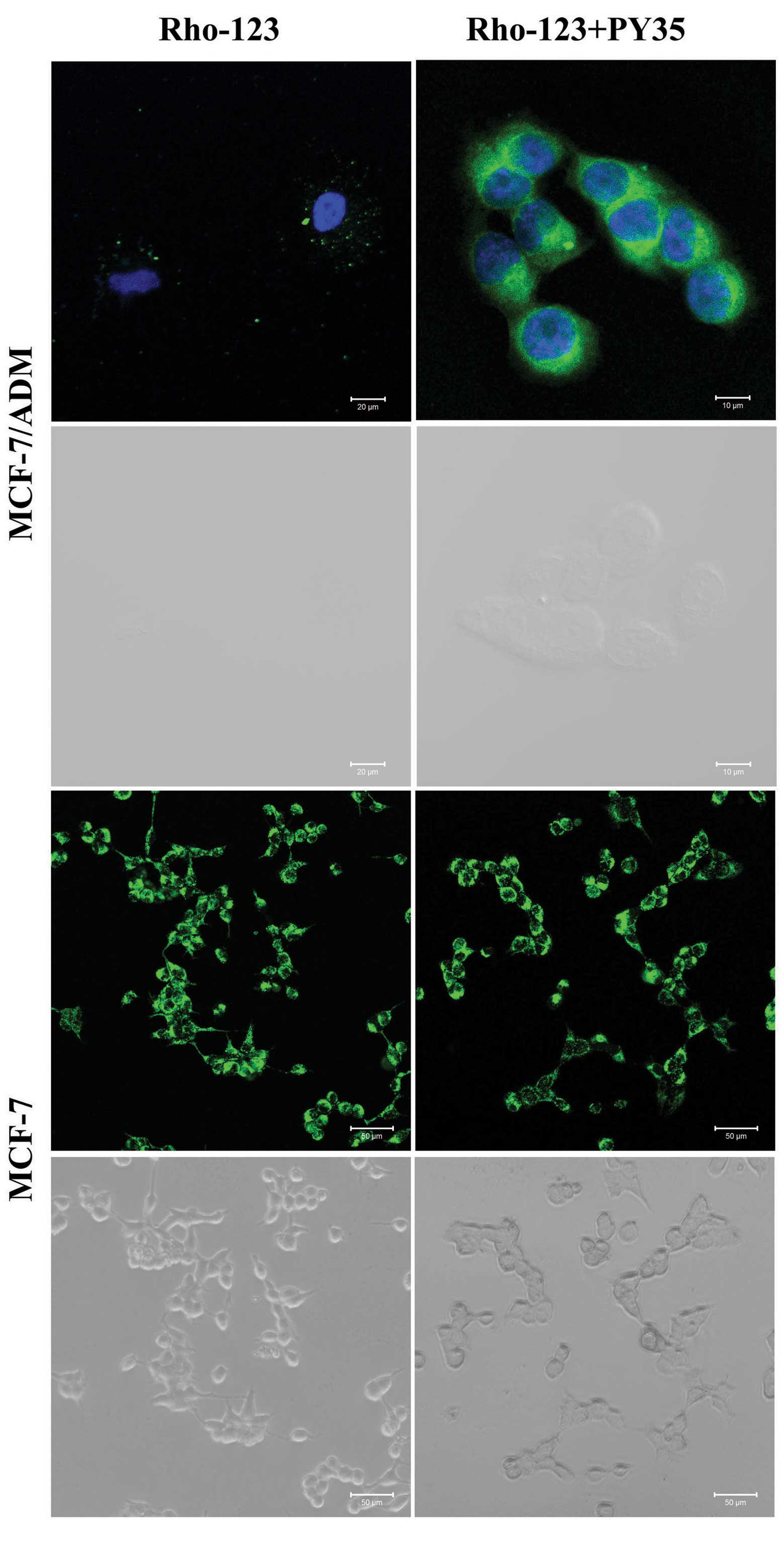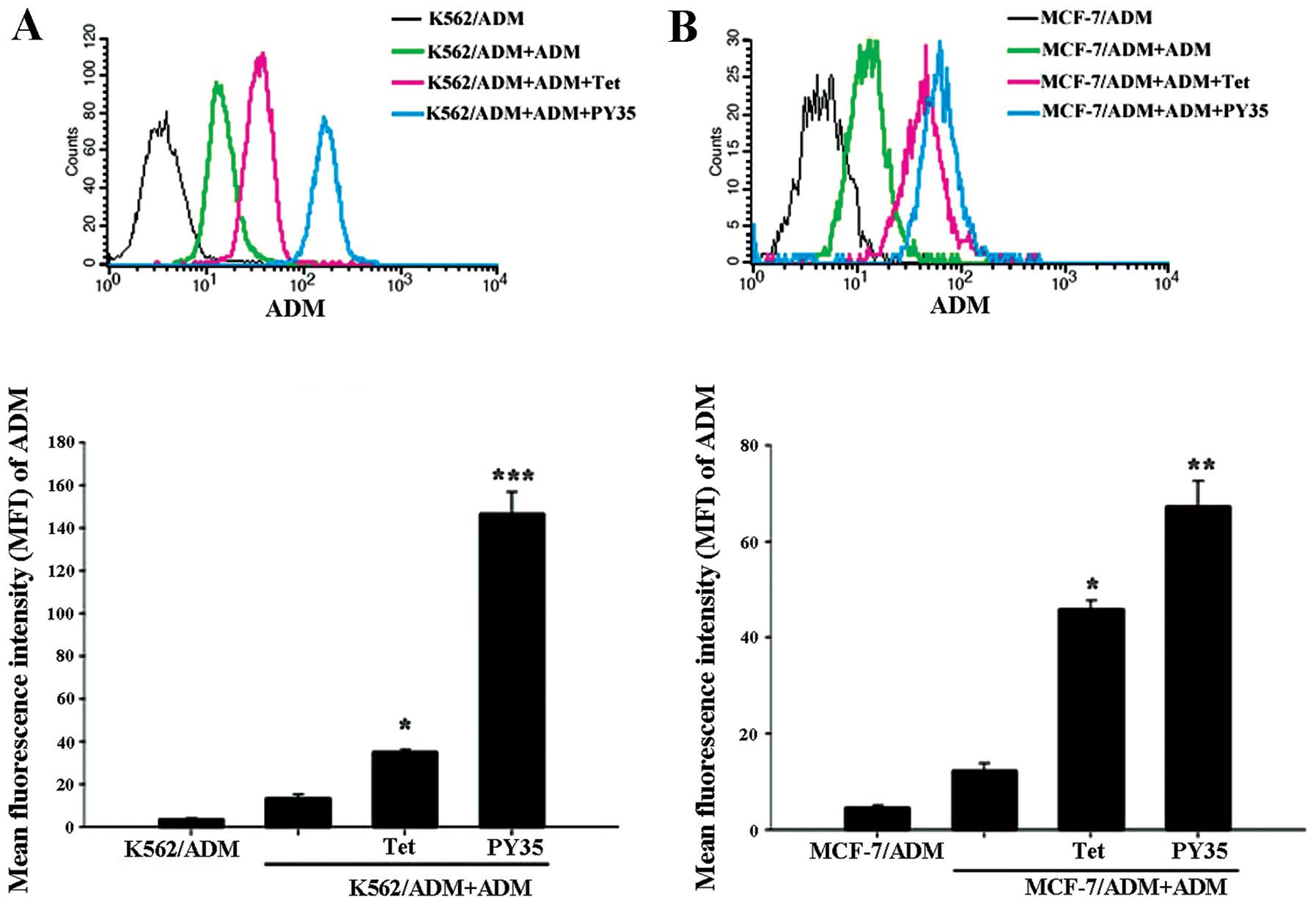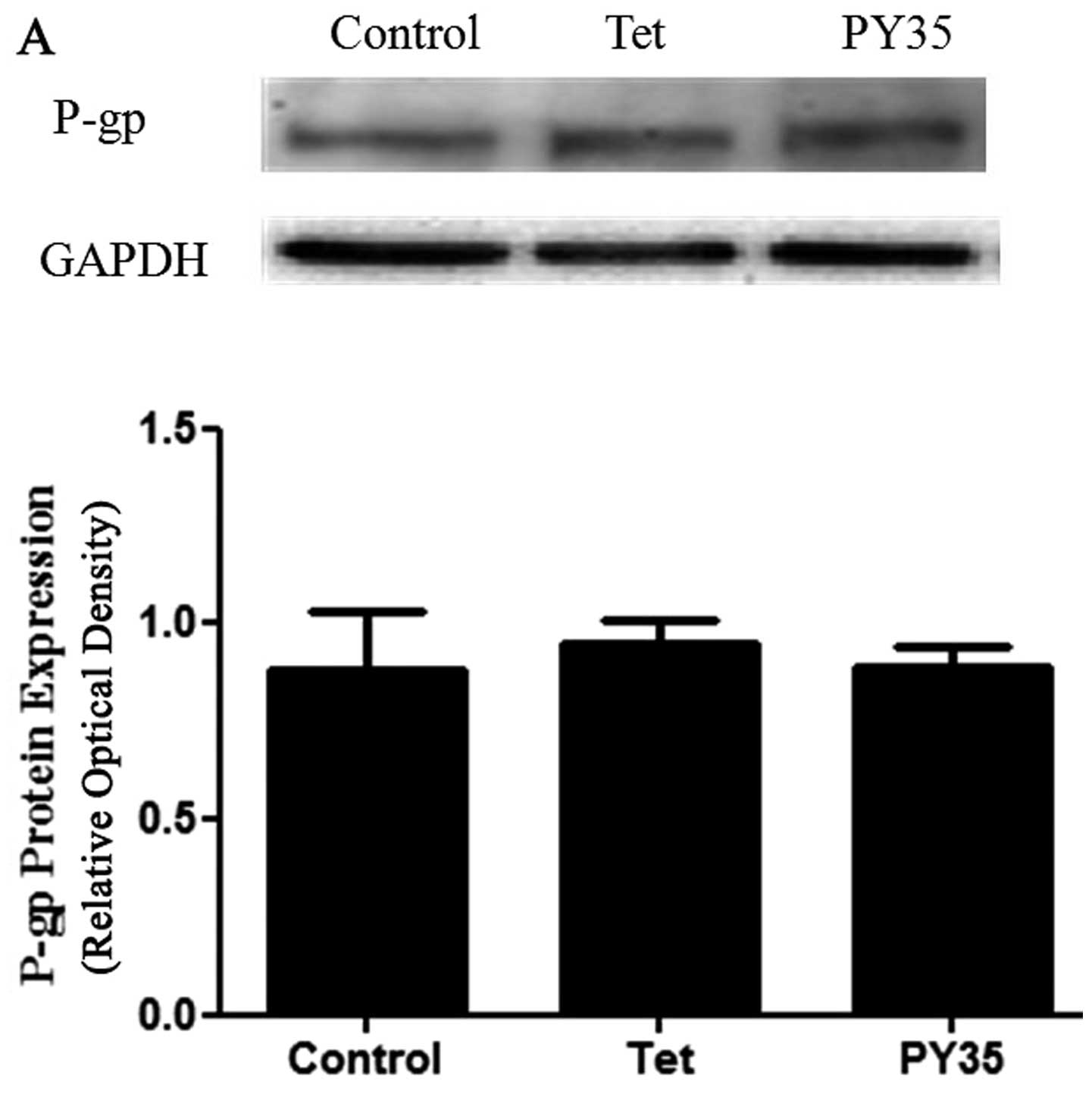|
1
|
Holohan C, Van Schaeybroeck S, Longley DB
and Johnston PG: Cancer drug resistance: an evolving paradigm. Nat
Rev Cancer. 13:714–726. 2013. View
Article : Google Scholar : PubMed/NCBI
|
|
2
|
Gottesman MM: Mechanisms of cancer drug
resistance. Annu Rev Med. 53:615–627. 2002. View Article : Google Scholar : PubMed/NCBI
|
|
3
|
Szakacs G, Paterson JK, Ludwig JA,
Booth-Genthe C and Gottesman MM: Targeting multidrug resistance in
cancer. Nat Rev Drug Discov. 5:219–234. 2006. View Article : Google Scholar : PubMed/NCBI
|
|
4
|
Batrakova EV, Li S, Elmquist WF, Miller
DW, Alakhov VY and Kabanov AV: Mechanism of sensitization of MDR
cancer cells by Pluronic block copolymers: selective energy
depletion. Br J Cancer. 85:1987–1997. 2001. View Article : Google Scholar : PubMed/NCBI
|
|
5
|
Batrakova EV, Li S, Vinogradov SV, Alakhov
VY, Miller DW and Kabanov AV: Mechanism of pluronic effect on
P-glycoprotein efflux system in blood-brain barrier: contributions
of energy depletion and membrane fluidization. J Pharmacol Exp
Ther. 299:483–493. 2001.PubMed/NCBI
|
|
6
|
Woodhouse JR and Ferry DR: The genetic
basis of resistance to cancer chemotherapy. Ann Med. 27:157–167.
1995. View Article : Google Scholar : PubMed/NCBI
|
|
7
|
Wigler PW: Cellular drug efflux and
reversal therapy of cancer. J Bioenerg Biomembr. 28:279–284. 1996.
View Article : Google Scholar : PubMed/NCBI
|
|
8
|
Robert J and Jarry C: Multidrug resistance
reversal agents. J Med Chem. 46:4805–4817. 2003. View Article : Google Scholar
|
|
9
|
Nobili S, Landini I, Mazzei T and Mini E:
Overcoming tumor multidrug resistance using drugs able to evade
P-glycoprotein or to exploit its expression. Med Res Rev.
32:1220–1262. 2012. View Article : Google Scholar : PubMed/NCBI
|
|
10
|
Krishna R and Mayer LD: Multidrug
resistance (MDR) in cancer. Mechanisms, reversal using modulators
of MDR and the role of MDR modulators in influencing the
pharmacokinetics of anticancer drugs. Eur J Pharm Sci. 11:265–283.
2000.PubMed/NCBI
|
|
11
|
Böhme M, Büchler M, Müller M and Keppler
D: Differential inhibition by cyclosporins of primary-active
ATP-dependent transporters in the hepatocyte canalicular membrane.
FEBS Lett. 333:193–196. 1993.PubMed/NCBI
|
|
12
|
Song S, Suzuki H, Kawai R, Tanaka C,
Akasaka I and Sugiyama Y: Dose-dependent effects of PSC 833 on its
tissue distribution and on the biliary excretion of endogenous
substrates in rats. Drug Metab Dispos. 26:1128–1133.
1998.PubMed/NCBI
|
|
13
|
Wandel C, Kim RB, Kajiji S, Guengerich P,
Wilkinson GR and Wood AJ: P-glycoprotein and cytochrome P-450 3A
inhibition: dissociation of inhibitory potencies. Cancer Res.
59:3944–3948. 1999.PubMed/NCBI
|
|
14
|
Bates S, Kang M, Meadows B, et al: A Phase
I study of infusional vinblastine in combination with the
P-glycoprotein antagonist PSC 833 (valspodar). Cancer.
92:1577–1590. 2001. View Article : Google Scholar : PubMed/NCBI
|
|
15
|
Fischer V, Rodriguez-Gascon A, Heitz F, et
al: The multidrug resistance modulator valspodar (PSC 833) is
metabolized by human cytochrome P450 3A. Implications for drug-drug
interactions and pharmacological activity of the main metabolite.
Drug Metab Dispos. 26:802–811. 1998.PubMed/NCBI
|
|
16
|
Kang MH, Figg WD, Ando Y, et al: The
P-glycoprotein antagonist PSC 833 increases the plasma
concentrations of 6alpha-hydroxypaclitaxel, a major metabolite of
paclitaxel. Clin Cancer Res. 7:1610–1617. 2001.PubMed/NCBI
|
|
17
|
Mayur YC, Peters GJ, Prasad VV, Lemo C and
Sathish NK: Design of new drug molecules to be used in reversing
multidrug resistance in cancer cells. Curr Cancer Drug Targets.
9:298–306. 2009. View Article : Google Scholar : PubMed/NCBI
|
|
18
|
Martelli C, Alderighi D, Coronnello M, et
al: N,N-bis(cyclohexanol)amine aryl esters: a new class of highly
potent transporter-dependent multidrug resistance inhibitors. J Med
Chem. 52:807–817. 2009. View Article : Google Scholar
|
|
19
|
Teodori E, Dei S, Martelli C and Scapecchi
S: N,N-bis(cyclohexanol)amine aryl esters: the discovery of a new
class of highly potent inhibitors of transporter-dependent
multidrug resistance (MDR). Curr Top Med Chem. 10:1715–1731. 2010.
View Article : Google Scholar : PubMed/NCBI
|
|
20
|
Yang K, Wu J and Li X: Recent advances in
the research of P-glycoprotein inhibitors. Biosci Trends.
2:137–146. 2008.PubMed/NCBI
|
|
21
|
Thomas H and Coley HM: Overcoming
multidrug resistance in cancer: an update on the clinical strategy
of inhibiting P-glycoprotein. Cancer Control. 10:159–165.
2003.PubMed/NCBI
|
|
22
|
Fletcher JI, Haber M, Henderson MJ and
Norris MD: ABC transporters in cancer: more than just drug efflux
pumps. Nat Rev Cancer. 10:147–156. 2010. View Article : Google Scholar : PubMed/NCBI
|
|
23
|
King VF, Garcia ML, Himmel D, et al:
Interaction of tetrandrine with slowly inactivating calcium
channels. Characterization of calcium channel modulation by an
alkaloid of Chinese medicinal herb origin. J Biol Chem.
263:2238–2244. 1988.PubMed/NCBI
|
|
24
|
Wang G and Lemos JR: Tetrandrine: a new
ligand to block voltage-dependent Ca(2+) and Ca(+)-activated K(+)
channels. Life Sci. 56:295–306. 1995. View Article : Google Scholar : PubMed/NCBI
|
|
25
|
Chen YJ: Potential role of tetrandrine in
cancer therapy. Acta Pharmacol Sin. 23:1102–1106. 2002.PubMed/NCBI
|
|
26
|
Ludescher C, Gattringer, Drach J, Hofmann
J and Grunicke H: Rapid functional assay for the detection of
multidrug-resistant cells using the fluorescent dye rhodamine 123.
Blood. 78:1385–1387. 1991.PubMed/NCBI
|
|
27
|
Fu LW, Zhang YM, Liang YJ, Yang XP and Pan
QC: The multidrug resistance of tumour cells was reversed by
tetrandrine in vitro and in xenografts derived from human breast
adenocarcinoma MCF-7/adr cells. Eur J Cancer. 38:418–426. 2002.
View Article : Google Scholar : PubMed/NCBI
|
|
28
|
Mosmann T: Rapid colorimetric assay for
cellular growth and survival: application to proliferation and
cytotoxicity assays. J Immunol Methods. 65:55–63. 1983. View Article : Google Scholar : PubMed/NCBI
|















